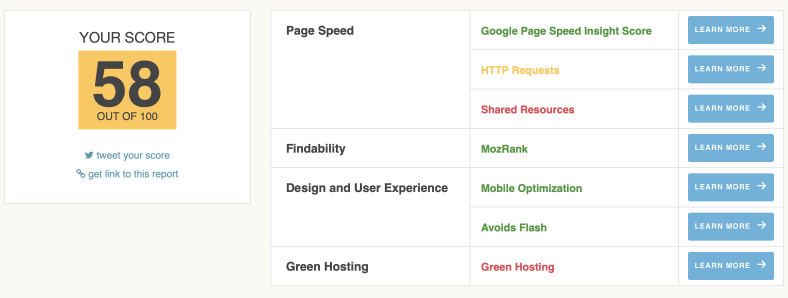
It is needless to say that we are a species obsessed with numbers. From school grades to business ROI, everything needs to measured then optimised. ”Data driven” mantras are everywhere as we are recorded every little mouse movement on any app or website. Using metrics and numbers is not inherently a bad thing but just focusing on one metric while missing the entire picture or having a bias in recording mechanics or not taking the time to actually analyse what numbers mean are the dangers to be watched out for. To be data informed not driven.
Internet of things or IoT exists in multiple forms going from absolutely ridiculous like a toothbrush with a high end live camera to the relatively successful IoT device: Nest Learning Thermostat created by the same person who created the iPod, who then sold Nest to Google for a very high amount of money. This thermostat markets itself as an energy saving device- ”Saving energy is a beautiful thing.” It can learn from how you use it and can program itself, not only that, it even encourages and shows you how to save more electricity. It also promises to reduce your electricity bill while saving the environment, sounds like a win win!
Apart from its expensive price of of around €220, we have to stop and ask about its own materiality, energy usage and cumulative carbon footprint. We have to start with the plastic casing then add up all the rare minerals needed to build the ICs to enable the smartness and on top of that it must consume some energy itself. So if we make a ratio of its own materiality to the amount of energy it can save from getting consumed, we can start have a good measure of things and can compare it with regular thermostats. But what about its life cycle and recyclability and how much will be end up as e-waste, how do we account for that? What is the impact on lives in the Global South? And as it is owned by Google, we have to talk about privacy or the lack of it, which the consumer is willing to sacrifice.
For the curious here are the numbers/stats I found about Nest Thermostat in USA[1]-
- 99% paper and fiber-based packaging
- PVC-free
- Total GHG emissions over ten-year life cycle: 15 kg CO2e (74% in production, 2% in distribution, 23% customer use, 1% recycling)
- Annual energy use estimate: 1 kWh/y
- Materials used: 61g plastic, 15g steel, 11g battery, 11g electronics, 4g other metals (’electronics’ and ’other metals’ seems vague)
- It says they use ”Ethical Sourcing” whatever that means [2]
- Recycling is available but we know how that goes in reality
These numbers start giving us a better picture behind the magic energy saving marketing and start a better conversation. I understand it is hard to create metrics and coefficients which capture the full story but we need start somewhere. More research is needed here to move the IoT field in the right direction to use it for climate saving benefit and not just lazy human convenience. While on the subject, there are other numbers which need to be analysed in the equation like a possible carbon tax and ongoing carbon offsets, do they really help? If yes, how much?
References and further reads-
Title picture from- https://learn.sparkfun.com/tutorials/nest-thermostat-teardown-/all
[2] https://abc.xyz/investor/conflictminerals/
Detailed read about Nest thermostat- https://downloads.nest.com/press/documents/energy-savings-white-paper.pdf





